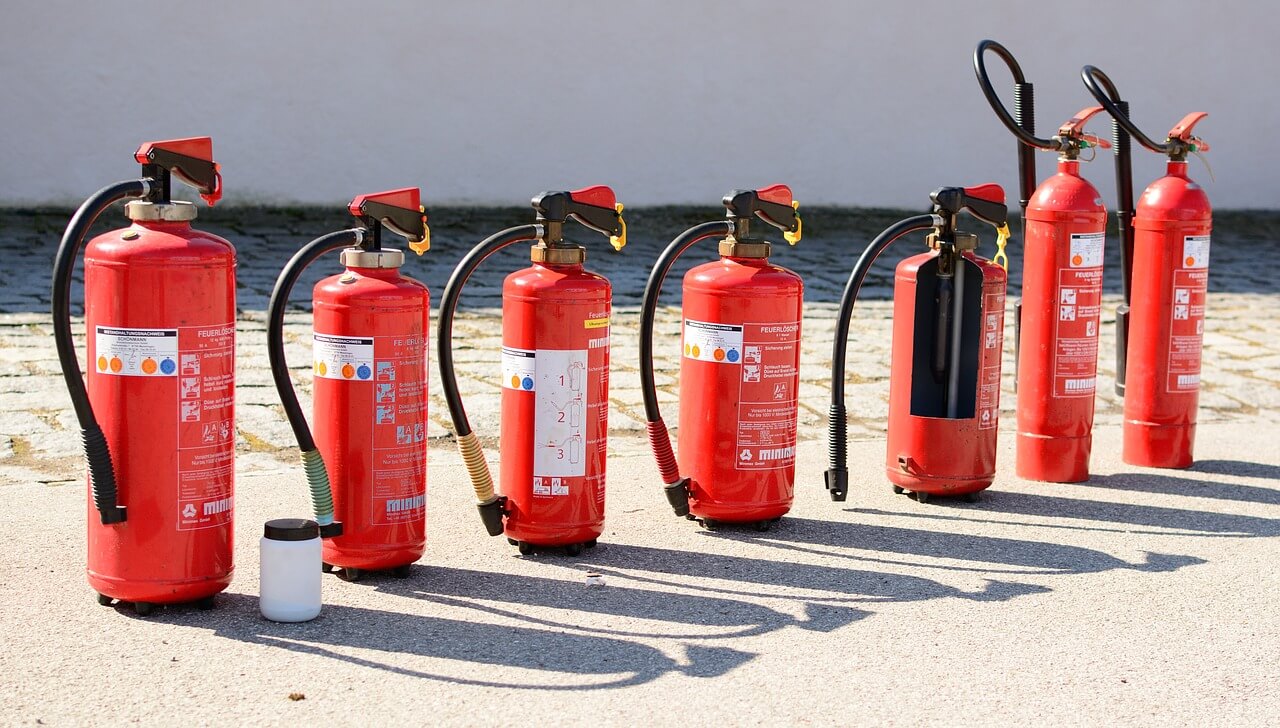An overview of how schools should carry out a fire drill.
It is the duty of the Chief Instructor and governing body of the premises to ensure that fire evacuation drills are carried out.
The dangers which may intimidate children and staff if a fire breaks out depends on many different factors. Consequently, it is not possible to construct a model procedure for action in the event of fire which would be suitable for use in all premises.
Each fire routine must be based upon a simple, efficient procedure which is specifically designed for the premises in which it has to utilize. It is therefore important that the following points must be given prime consideration.
The mean of the fire drill for the Students
Fire drills are intended to ensure, by means of orienting and rehearsal, that:
- people who may be in risk act in a calm and orderly manner
- those with function carry out their tasks to ensure the safety of all concerned
- Evading routes are used in accordance with a predetermined and practiced plan
- evacuation of the Structure is achieved in a speedy and orderly manner
- people will react rationally when confronted with a fire or other emergency at school or elsewhere.
The residency of the premises
Deliberation must be given to the age of the pupils attending the school and whether there are any children with special needs.
A fire drill is a procedure of practising how a building would be vacate in the event of a fire or other emergency. Usually, the building’s prevail fire alarm system is activated and the building is evacuated as if the emergency had occurred. Normally, the time it takes to evacuate is unfaltering to ensure that it occurs within a reasonable length of time, and problems with the emergency system or evacuation procedures are identified to be remedied.
For more info Visit our site: www.aegis4training.com



